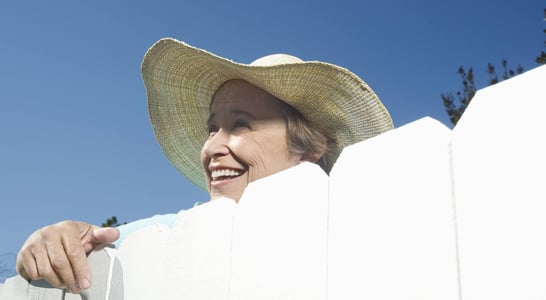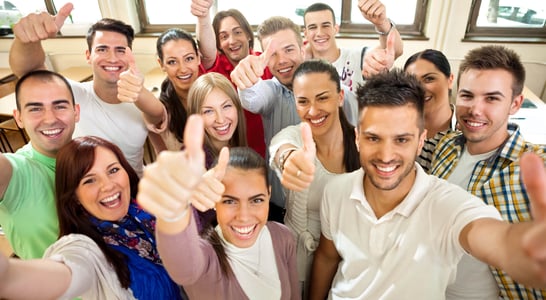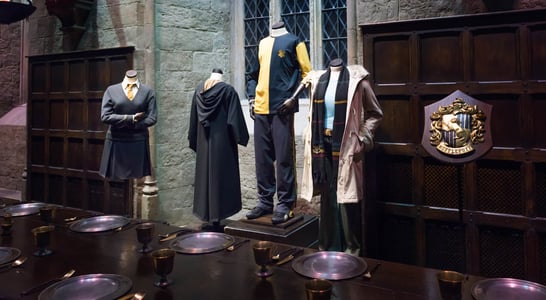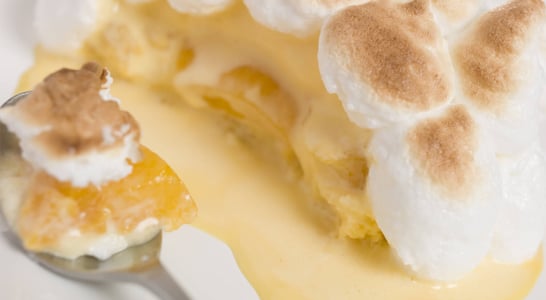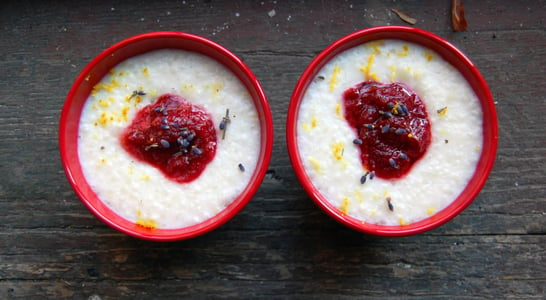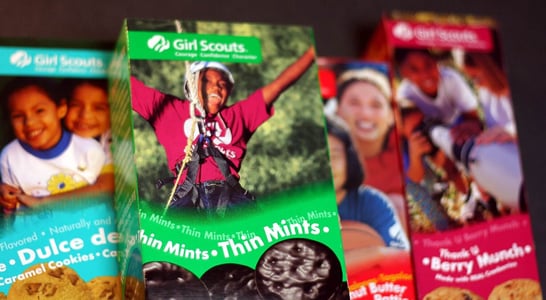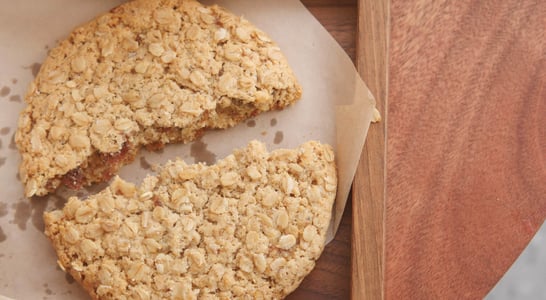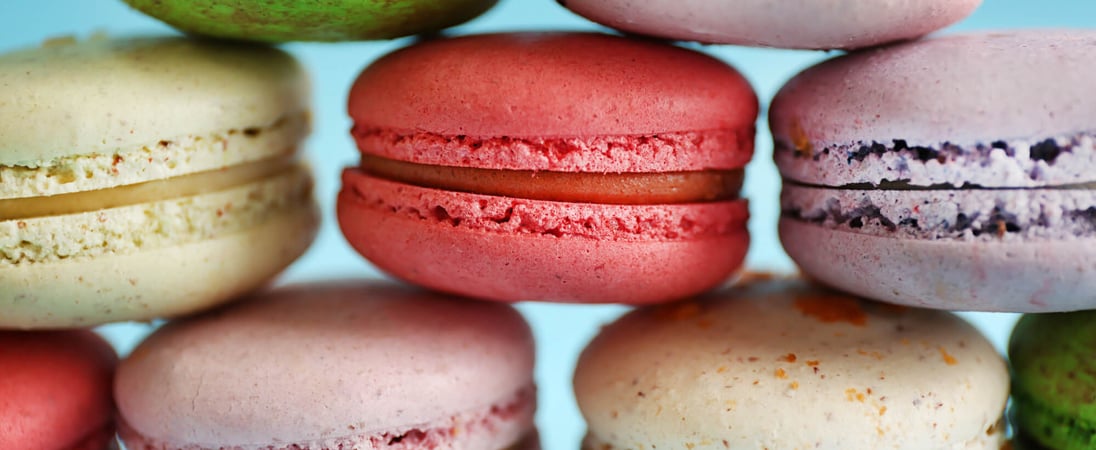
National Macaron Day
The perfect combination of crispy on the outside and chewy on the inside, with deliciously decadent fillings to match.
Before getting started celebrating this day, there’s an important distinction to make. The difference between a macaron and a macaroon!
For some people this may seem obvious. But for others, it’s understandable to get confused since they both describe a tasty baked treat, and the words sound almost the same. Almost…but not quite. Macaroon contains one more ‘o’, but that little letter makes all the difference in the world.
Macaroons (mack-a-RUNEs) are a cookie whose main ingredient is coconut. These little treats are usually golden or beige in color with a craggy surface, sometimes dipped in chocolate.
Macarons (mack-a-RONEs), on the other hand, are a tiny sandwich cookie whose main ingredient is almond flour. They also include egg whites and powdered sugar that provide their dreamy, fluffy texture. The cookies are made in various flavors and colors, then filled with coordinating buttercream, jam or ganache.
It is this delicious, melt-in-your-mouth treat that National Macaron Day is all about!
How to Celebrate National Macaron Day
National Macaron Day is a great reason to celebrate! Grab some friends and head over to a bakery together, or bring some treats into the office to delight coworkers. Whatever ways the day is celebrated, it’s sure to be delicious.
Try Making Macarons
For those who are novice bakers, macaron recipes can tend to be a bit fussy–just like any recipe that deals with whipped egg whites. But they are still fun to try to make, it just requires a bit of patience. Yet, most people think it is completely worth it!
The basic list of ingredients are fairly simple: almond flour, egg whites, powdered sugar, granulated sugar, salt, vanilla extract and food coloring (if desired).
Of course, instead of using vanilla extract, macarons can be made in all sorts of different flavors. In addition, some sort of filling is needed, whether it be jam, buttercream frosting or some other preference. (Note, these cookies are naturally gluten free!).
The ingredients are mixed together carefully, with special whipping instructions for the egg whites. Once the batter is ready, the cookies need to be put out on the pan using a piping bag to get the perfectly round shape.
After this they need to rest, then bake, then cool, then rest again after filling. It might be a bit of a tedious process, but the results are completely worth it!
Get Adventurous with Macaron Flavors
Whether making them at home or checking out a local bakery, National Macaron Day is a great time to discover new and interesting flavors of these delightful little treats.
And since they are often sold in a box of 6 or 12, getting a variety just seems like the right thing to do!
In addition to the basic chocolate, lemon or strawberry flavors, consider trying these interesting and exotic macaron flavors that can be found in bakeries and patisseries all over the world:
- Lavender and White Chocolate
- Salted Caramel Praline
- Toasted Marshmallow
- Cookies & Cream
- Coffee & Baileys
- Earl Grey Salted Caramel
- Blueberry Cream Cheese
- Green Tea and White Chocolate
- Tonka and Chili Chocolate
Grab Some Discounted (or Even) Free Macarons
Certain bakeries that participate in National Macaron Day will often offer a deeply discounted (or even free!) treat as part of the celebration. Even better, many of them host promotions that help to support a variety of charities, making eating the delectable macarons just that much more satisfying.
- A special National Macaron Day website offers insight into which stores across the United States will be participating in National Macaron Day with deals and offers.
- Relais Dessert Stores (found all over Europe) usually offer a limited edition special for National Macaron Day each year, as well as raising money for charity.
- Victoria, Canada’s Bon Macaron Patisserie has been known to provide specials for National Macaron Day, donating the proceeds to a good cause.
Shop Owners and Bakeries Make the Day Special
For those who own a shop or bakery that sells macarons, consider hosting various events or offering discounts for the day. The National Macaron Day webpage offers online and print resources for bakeshops that want to officially be included in the celebration, and also helps to support special charities.
History of National Macaron Day
Macarons are believed to have originated in monasteries in Italy (thus, the name that sounds similar to ‘macaroni’) as early as the 8th century. They seemed to be especially taken to by Italian Jewish cultures as the lack of leavening meant they could be eaten during Passover.
There some question of how these baked treats made their way to France, but it may have been around the 16th Century with Catherine de Medici (who was originally from Florence). Another story features Carmelite nuns seeking asylum during the French Revolution who paid for their housing with cookies, and became known as the ‘Macaron sisters’.
At this point, the cookies were made of almond flour and egg whites, but still weren’t filled and put together as sandwich cookies. The evolution into the sandwich cookie with fillings and flavors didn’t happen in France until the 1930s.
In the United States, the trend took a lot longer to catch on. It wasn’t until the 2010s when this tiny meringue sandwich cookie, the Parisian Macaron, hit the scene in the US and became extremely popular. (This is when the difference between this macaron and the American-style coconut macaroon became an important distinction.)
While Macaron Day in Paris has roots that date back to 2005, in the US, it took a bit longer.
Chef François Payard founded the first National Macaron Day in New York City in March of 2010. Since then, it has gained popularity and other bakeries have gotten connected. Woops! Bakeshops in New York (and then its 30 other shops in the US) started celebrating this day in 2019 and it has continued to grow from there.
National Macaron Day comes along on the first day of spring, which also happens to be celebrated as “Happiness Day”. The founders planned these two days to coincide because, of course, a lovely stack of pastel rainbow macarons goes a long way toward happiness!
National Macaron Day FAQs
Did macarons originate in France or Italy?
Macarons trace back to Italy, introduced to France in the 16th century by Catherine de Medici’s pastry chefs.
Initially, they were simple almond cookies. Over time, French bakers transformed them into the delicate, filled confections we enjoy today.
How did two nuns contribute to the macaron’s fame?
In 1792, two Carmelite nuns in Nancy, France, baked and sold macarons to support themselves during the French Revolution. Known as the “Macaron Sisters,” they popularized the treat in the region.
What’s the difference between a macaron and a macaroon?
A macaron is a delicate almond meringue cookie with a filling, while a macaroon is a dense coconut-based cookie. Despite similar names, they differ in ingredients and texture.
How do different countries celebrate Macaron Day?
In Paris, patisseries offer free macarons in exchange for charitable donations.
In New York City, participating bakeries provide complimentary macarons to customers, often supporting local charities.
Are there savory macarons?
Yes, some chefs experiment with savory flavors like foie gras, truffle, or smoked salmon, offering a unique twist on the traditional sweet treat.
Why are macarons considered challenging to bake?
Macarons require precise measurements, proper meringue consistency, and specific baking conditions. Even slight deviations can affect their texture and appearance, making them a test of a baker’s skill.
What’s the most unusual macaron flavor ever created?
Chefs have crafted macarons with flavors like wasabi, black sesame, and even hamburger, showcasing the pastry’s versatility and the creativity of bakers worldwide.
How did macarons become a global phenomenon?
The 2006 film “Marie Antoinette” featured macarons, boosting their popularity. Subsequently, bakeries worldwide began offering them, leading to their international acclaim.
Are there museums dedicated to macarons?
Yes, the Musée du Macaron in Montmorillon, France, showcases the history and art of macaron-making, reflecting the treat’s cultural significance.
What’s the significance of March 20th for Macaron Day?
March 20th marks the first day of spring and the International Day of Happiness, aligning with the joy and colorfulness that macarons represent.
Also on ...
View all holidaysWon’t You Be My Neighbor Day
Fred Rogers, beloved host of Mister Rogers' Neighborhood, taught us to be kind and empathetic, and his legacy continues to inspire and brighten the world.
International Day of Happiness
Finding joy in the little moments, and appreciating life's simple pleasures are key ingredients to a fulfilling life.
Hufflepuff Pride Day
The Hogwarts house known for its loyalty and hard work has a badger as its symbol, yellow and black colors, and a great sense of community!
World Storytelling Day
Weaving magical tales, captivating listeners with every word, transporting them to new worlds - it's a skill that has been cherished for centuries.
We think you may also like...
National Baked Alaska Day
Picture a crispy golden exterior, followed by a layer of cool, creamy ice cream. Top it off with a blow-torched meringue for a heavenly dessert!
National Tapioca Pudding Day
Make them at home, or go out and try any number of Tapioca based treats and recipes, from a simple tapioca pudding to bread made with tapioca flour.
